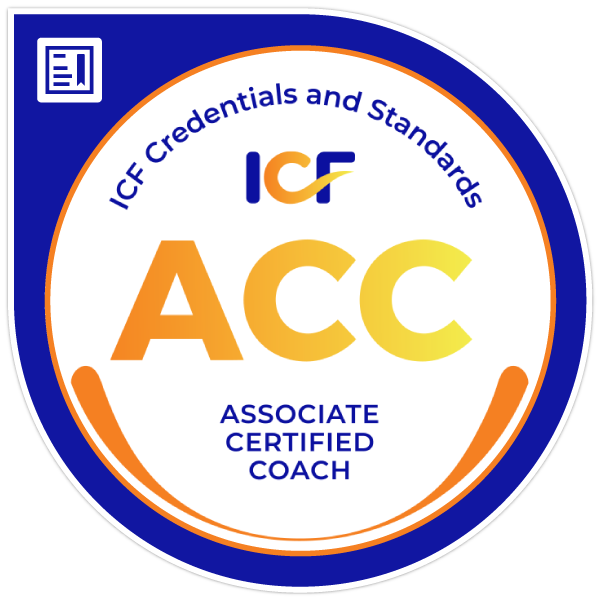“Hope is not blind optimism. It’s not ignoring the enormity of the task ahead or the roadblocks that stand in our path. It’s that something inside us that insists, no matter how hard the road ahead, that something better awaits if we have the courage to reach for it, to work for it, and to fight for it.” – Barack Obama, the presidential campaign 2008.
Some time ago, a leader in my vicinity mentioned something that has lingered:
"I feel like a GPS without coverage – the team is waiting for me to show the way, but I can barely see a couple of meters ahead."
It is a feeling that many leaders can relate to. Expectations from above, anxiety from below, and a rapidly changing environment. So what do you do when clarity is absent – when neither the vision nor the action plan feels sharp?
The answer, according to new research, is: hope.
Hope – more than a feeling
A new Gallup survey conducted in 52 countries, referenced in Chef (2025-04-29), identifies hope as the most important leadership quality of our time. Yes, more important than trust, compassion, or even stability.
Why? Because hope is not about to know what the future looks like. Hope is about leading even though we don't know.
It is about carrying a conviction that it is possible to take steps forward – even when there are no guarantees. To create psychological safety in the uncertain. To show that there is a direction, even if the map needs to be redrawn along the way.
The happiness professor on the mechanics of hope
Micael Dahlen, the 'happiness professor' at the Stockholm School of Economics, describes in several contexts that hope is a feeling of future control. It is not the future itself that needs to be bright – it is that I feel that I have the ability to influence it.
When you as a leader show that something better is possible – you ignite a spark in others. It is that kind of hope that builds trust, agency, and direction.
Three thoughts for leading with hope
- Build presence, not perfection
Hope does not grow from always having all the answers. It grows from being present, listening, and showing that you care. - Be a catalyst for meaning
Help the team see the bigger purpose – what are we contributing to? Meaning is the fuel for hope. - Allow your own vulnerability
You don't have to pretend that you know everything. Saying 'I don't know – but I believe we can find a way together' is often more powerful than perfect solutions.
When Barack Obama built his campaign around 'hope,' it was not a coincidence. It was a response to a time of doubt, uncertainty, and a longing for direction. Just like many leaders feel today.
Professional coaching can be the safe space where you recharge with courage, clarity – and hope.
Coaching as a compass when visibility is obscured
In professional coaching, hope takes a concrete place. Coaching is not about turning a blind eye to the difficult – on the contrary. It is a process where we turn towards reality, but where the client is given the opportunity to discover their resources, possibilities, and their room for action. This is where hope resides: in the experience that I have a choice, that I can influence, that I have a direction.
ICF (International Coaching Federation) describes precisely the promotion of the client's self-awareness and accountability as central components for sustainable development. Through reflective questions and structured conversations, the leader gets to explore their inner landscape, rediscover their compass, and take steps in a direction that feels meaningful – even in the unknown.
Here are some examples of what coaching can contribute:
- 🧭 Self-awareness – Increased understanding of your motivations, needs, and patterns.
- 🪞 Reflection – A safe space to pause and see more clearly, beyond the noise of everyday life.
- 💡 Perspective shift – New thought patterns that create room for action.
- 🛠️ Tools – Strategies for managing uncertainty, responsibility, and expectations.
- 🌱 Hope and direction – Not through ready-made answers, but through the right questions.
What do you need to believe in – to be able to lead right now?
Hope is contagious. It gives people something to orient themselves by when the map has been redrawn. Coaching can help you rediscover your why, formulate meaningful goals, and cultivate a hope that both you and others can navigate by.
👉 Are you curious about how coaching can help you lead with both heart and compass?
Book an introductory session at no extra cost here – so we will explore together what hope can mean in your leadership.


